How hippopotamus shape African waterways with their immense size and force
One Earth’s “Species of the Week” series highlights an iconic species that represents the unique biogeography of each of the 185 bioregions of the Earth.
The name hippopotamus (Hippopotamus amphibius) derives from the Greek term for “river horse.” Indeed, hippos enjoy freshwater habitats like no other land mammal because of their semi-aquatic nature. They can be found in lakes, swamps, and slow-flowing rivers throughout savannas and grasslands in West, Central, East, and South Africa.
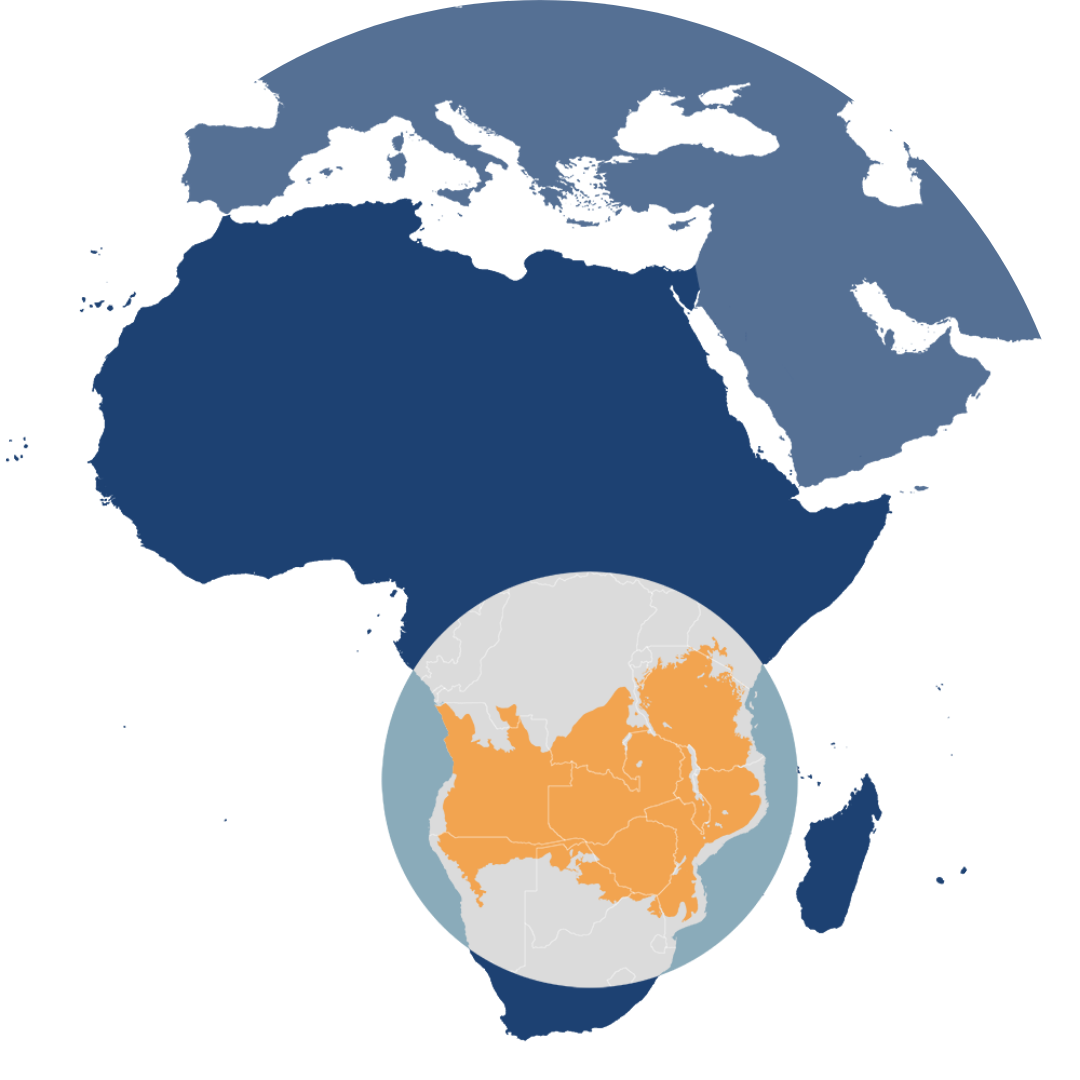
The hippopotamus is the iconic species of the Greater African Subequatorial Savannas & Mixed Woodlands bioregion (AT11) located in the Sub Equatorial Afrotropics subrealm.
The astonishing size of hippos
While female hippos weigh no more than 1,500 kilograms, male hippos can reach more than double that. They average 3.5 meters (11 feet) in length and 1.5 meters (5 feet) tall at the shoulder.
Their size is approximately the same as the white rhinoceros, considered the second largest megafauna after elephants. Male hippos appear to continue growing throughout their lives, whereas female hippos reach a maximum weight at around the age of 25 years.
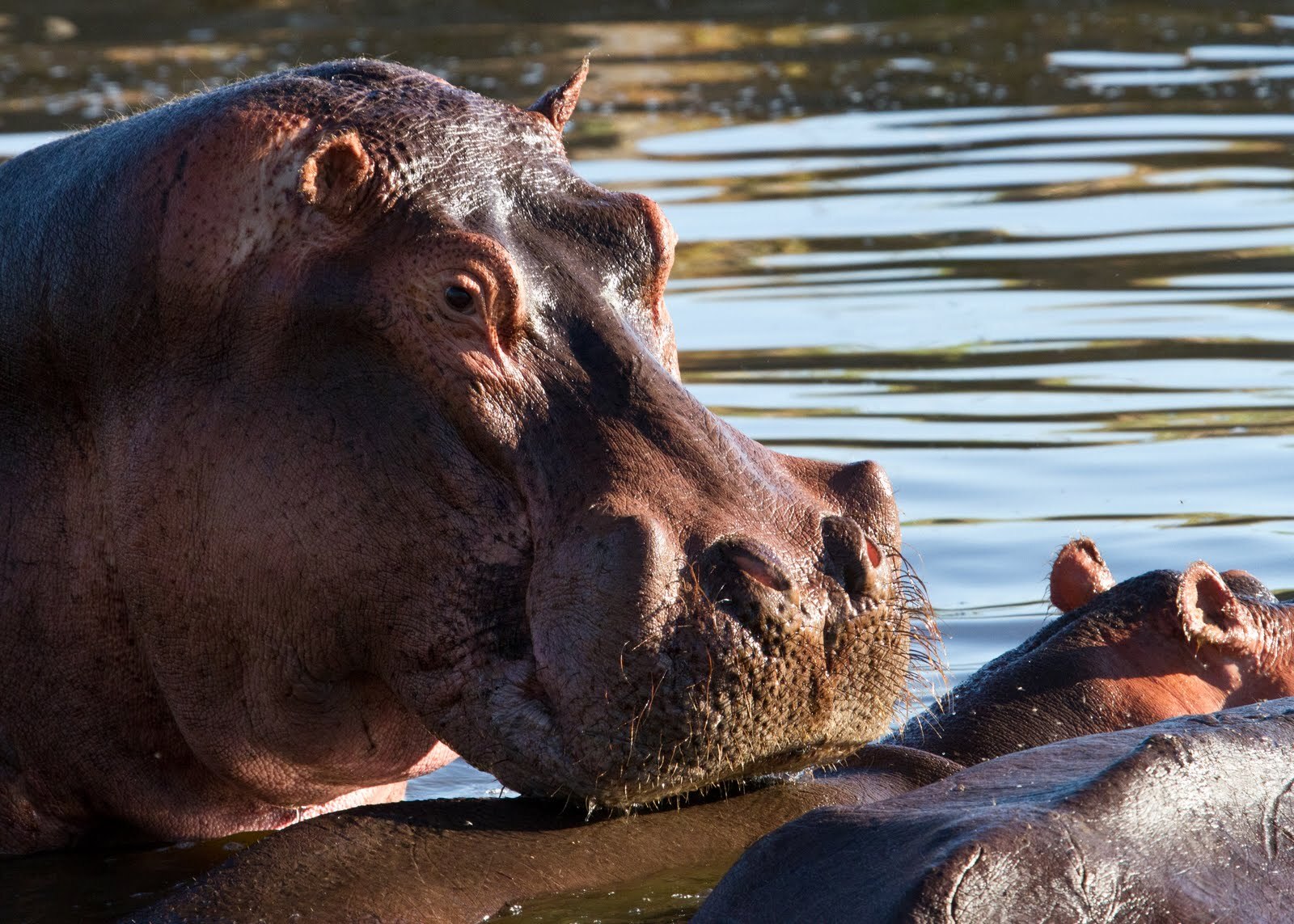
Hippos in Ruaha National Park, Tanzania. Image credit: Courtesy of Grégoire Dubois
Adapted for life in the water
Hippos benefit from spending the day in waterways for a number of reasons: their delicate, hairless skin stays hydrated – which adds to the viscous effect of a reddish secretion that gives their skin a pink to purple hue. Also, their permanence in the water and mud helps release the stress of the body weight from their legs, which, though short, impulse the bulky bodies forward when the webbed feet push off the riverbed.
Another feature related to their semi-aquatic condition is their eyes, ears, and nostrils, which are high on the roof of the skull, so they are able to be near-to-fully submerged while in the water in the daytime.
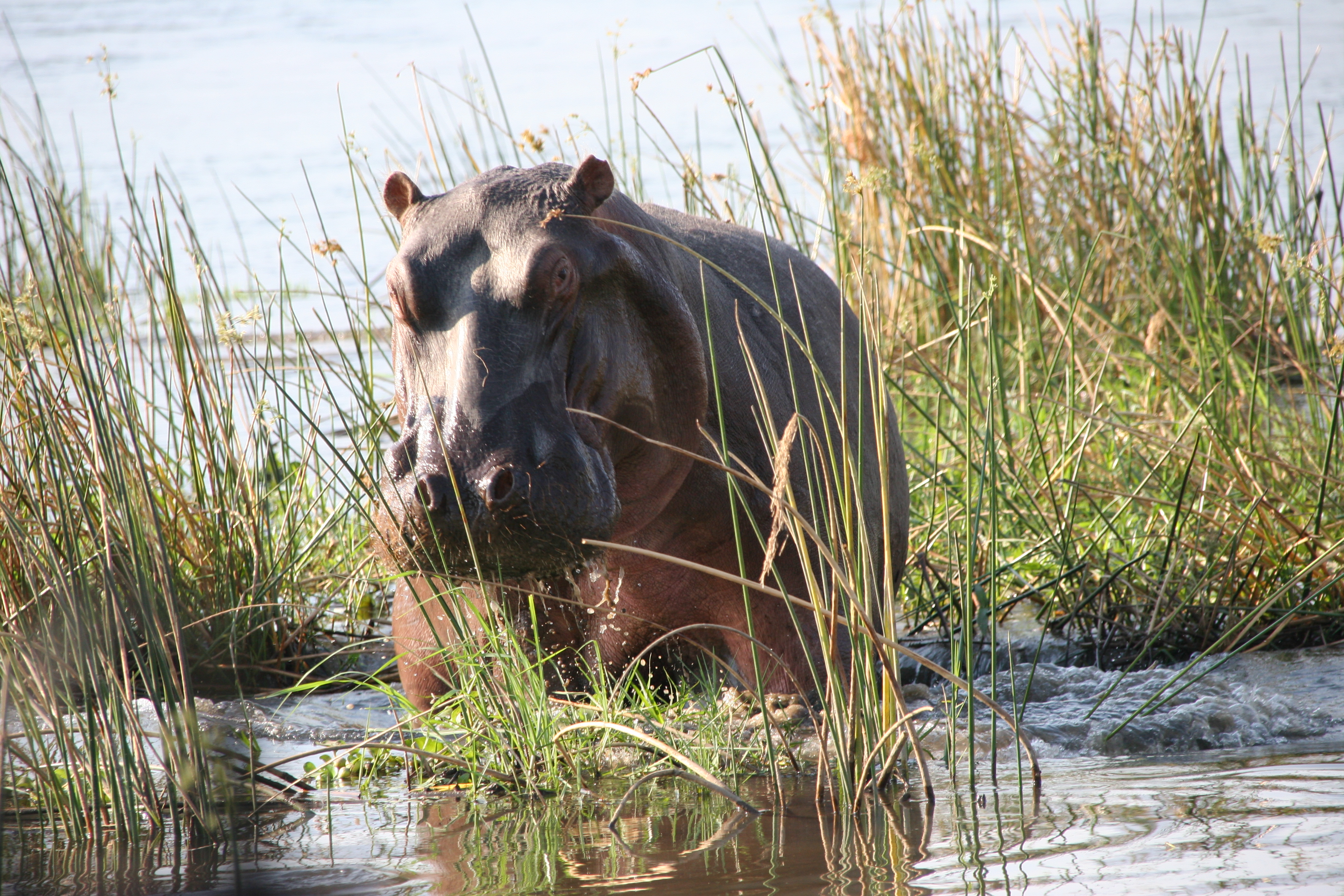
A hippo emerges from the Zambezi at Mana Pools in northern Zimbabwe. Image Credit: Terry Feuerborn, Creative Commons via Flickr.
Nighttime grazing on land
To avoid the heat and risk of dehydration, they walk out of the water only when the sun is down and graze pastures throughout the night. When walking on land, their short legs can stand the weight thanks to their four evenly spread toes.
They will cover large extensions of land, walking some three kilometers away from the river banks, climbing up steep river banks if necessary, and consuming between 60 kilograms and 100 kilograms of grass in a single night.
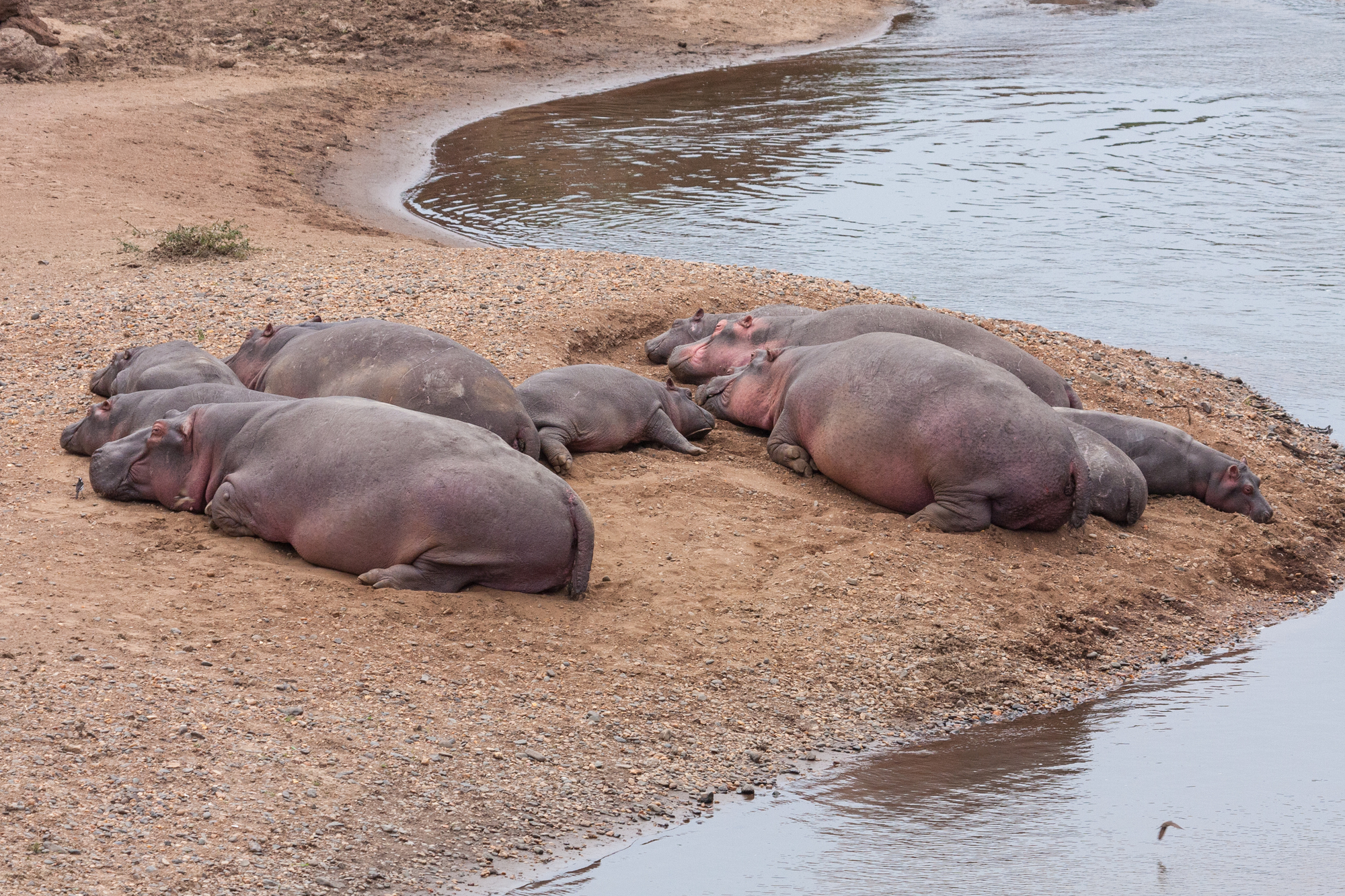
Hippos on the shores of the Mara River in Masai Mara, Kenya. Image credit: Courtesy of Grégoire Dubois
Ecosystem engineers in African waterways
The hippopotamus profoundly impacts African waterways, acting as a crucial ecological engineer. By creating paths in rivers and lakes, they enhance water circulation and enable other species to access vital water resources. Their movement between aquatic and terrestrial zones plays a significant role in shaping these environments, ensuring a balance between land and water habitats.
In addition to their physical influence, hippos are key in nutrient cycling within these ecosystems. The nutrients from their dung, primarily nitrogen and phosphorus, boost the growth of aquatic flora, sustaining a diverse food web.
Their land grazing habits also transport these nutrients back to the soil, fostering terrestrial plant growth. This dual role highlights their importance in maintaining the health and diversity of both aquatic and terrestrial ecosystems, making them indispensable to the ecological integrity of their habitat.
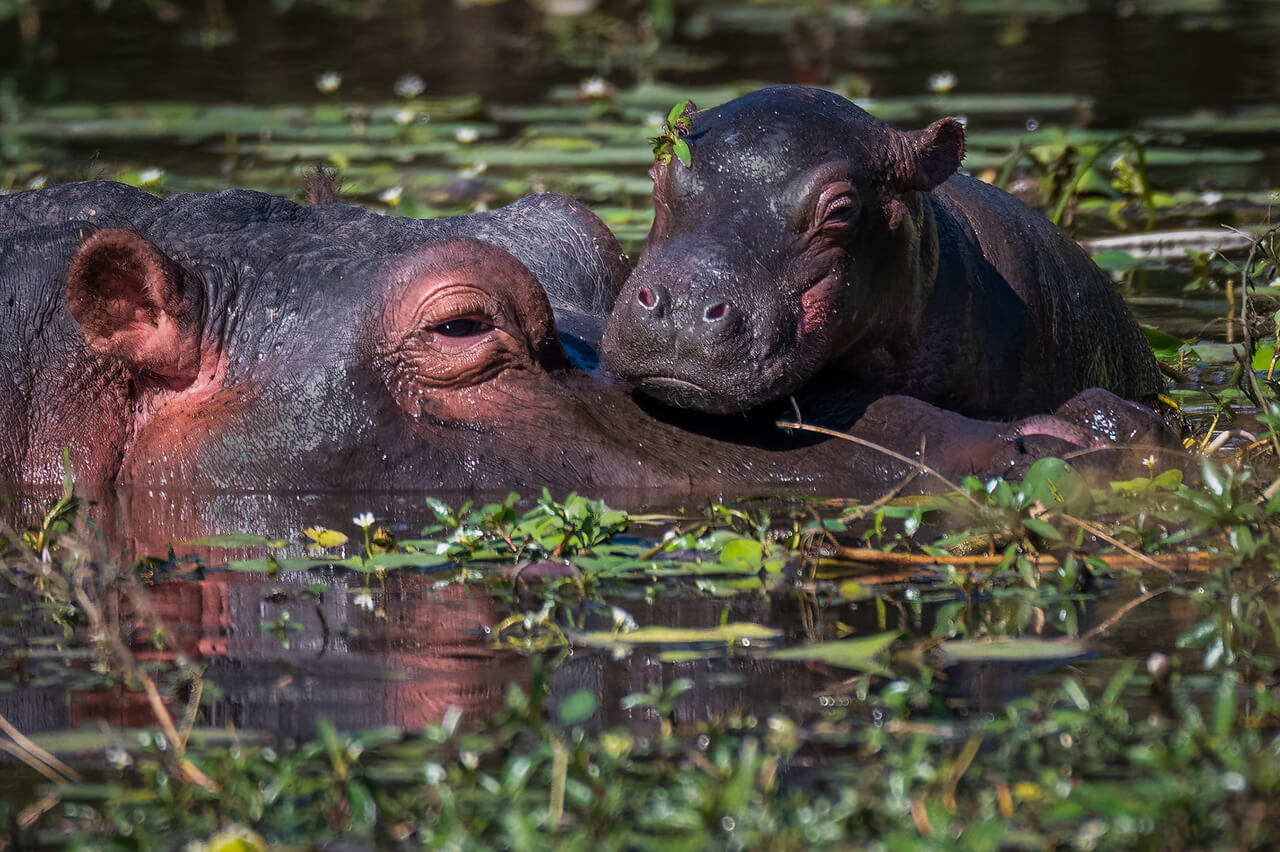
A hippopotamus mother helping to support and protect her baby of only a few hours old. Image Credit: iStock Commons.
Behavior and social dynamics of the herds
Hippos are typically calm at night while becoming considerably aggressive during the day, especially when intruders show up in the stretch of water that they are occupying. Hippos have a very distinctive performance around potential offenders. Dominant males mark their territory by showering their dung around with their tails, warning other bulls to keep away. Vigilant female hippos will ‘yawn’ to show that are ready to defend their young.
Hippos enjoy living in herds, and the number of individuals can range anywhere between 10 and over 100. The dominant male is the single one expected to mate with females of the herd, although sometimes a subordinate male will be allowed to mate as well.
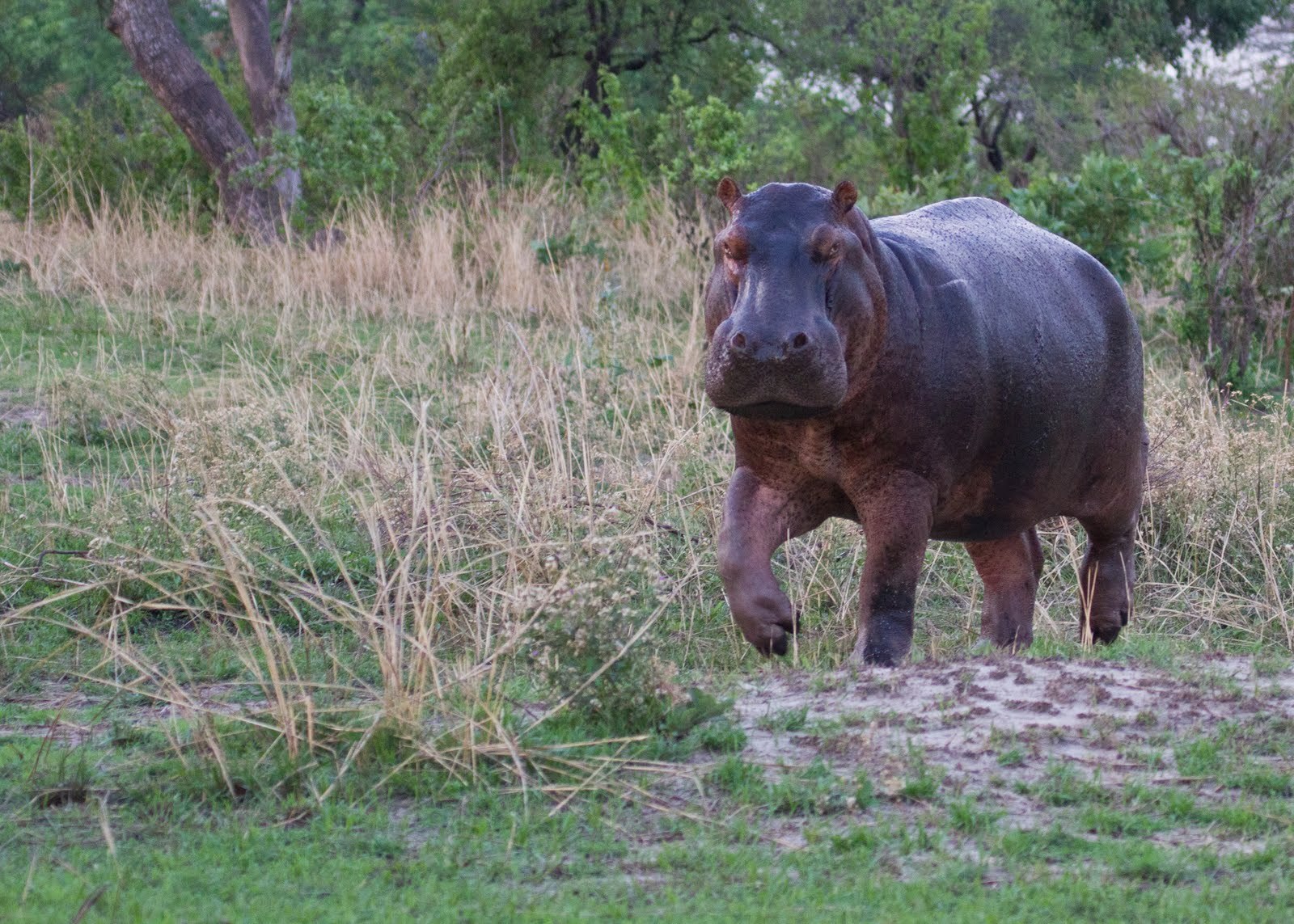
Hippo in Tanzania, Katavi National Park. Image credit: Courtesy of Grégoire Dubois
Their importance in African culture
In African culture, the hippopotamus is not only a prominent figure in river ecosystems but also a significant character in folklore, embodying a deep connection between wildlife and cultural traditions. One notable story, as recounted in Nick Greaves' When the Hippos Were Hairy and Other Tales from Africa, illustrates the hippo's role in the African creation myth.
In this creation story, hippos, longing to inhabit the cool waters, plead with God for permission. Concerned about ecological balance and having already granted rivers to crocodiles, God hesitates but eventually agrees under one condition: the hippos must eat only grass and never harm the fish. This agreement, symbolized by hippos scattering dung on riverbanks, showcases a profound lesson in respecting each species' role in the ecosystem and highlights the ancient wisdom of living in harmony with nature.
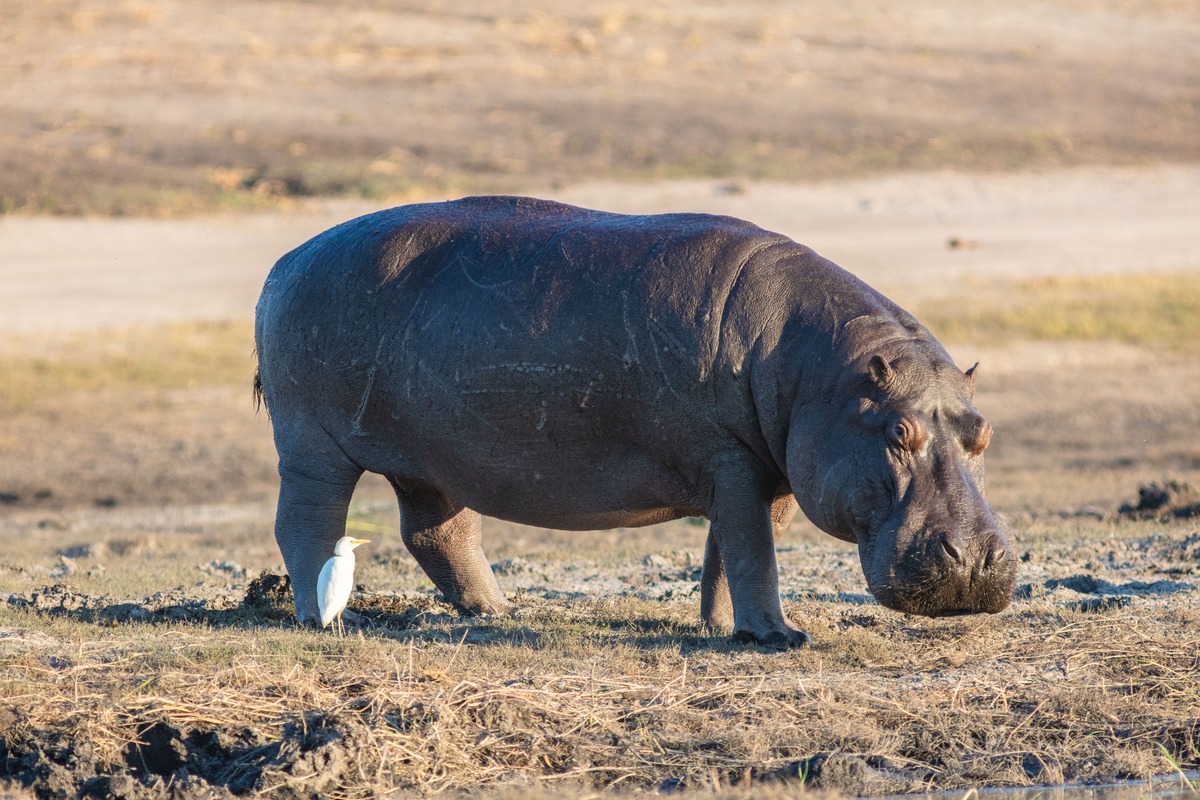
Hippopotamus with a cattle egret (Bubulcus ibis) in Chobe National Park, Botswana. Image credit: Diego Delso, Creative Commons.
Threats to dense populations in Zambia
In Zambia's bustling waterways like the Luangwa River, hippos reign supreme as densities can reach as high as 48 individuals per square kilometer. However, their existence is increasingly under threat due to human activities.
The expansion of agriculture in areas like the Luangwa Valley, where lands are cleared for crops such as cotton and tobacco, has led to significant environmental changes. Runoff from these agricultural lands is causing siltation in rivers and waterholes, gradually eroding the natural habitat crucial for hippos and other wildlife.
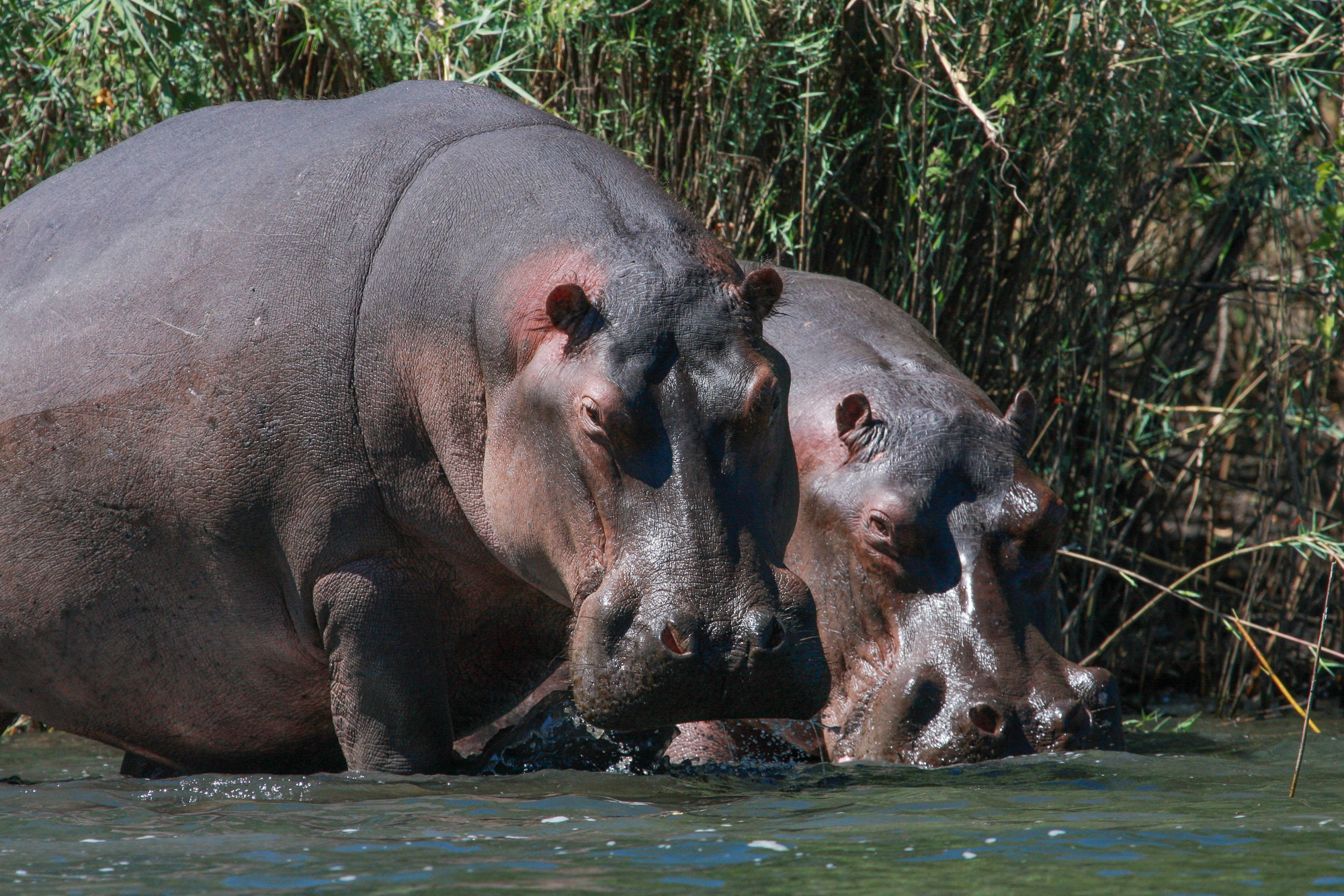
Hippos in Kafue National Park, Zambia. Image credit: Courtesy of Grégoire Dubois
Harmoniously coexisting with hippos
Recognizing these challenges, the Wildlife Conservation Society has embarked on a transformative conservation strategy in Zambia. This program ingeniously integrates wildlife protection with community development. By engaging former poachers, who once posed a significant threat to wildlife populations, including hippos and elephants, and training them in sustainable practices like organic farming, carpentry, bee-keeping, and ecotourism, a new pathway for coexistence is being forged.
This approach not only helps in safeguarding the hippo population but also empowers local communities, providing them with alternative livelihoods that are in harmony with the natural world. This collaborative effort between conservationists and local communities demonstrates that human development and wildlife conservation can indeed go hand in hand.
It's a powerful model that promises not only the survival of iconic species like the hippo but also a sustainable future for the ecosystems they inhabit and the people who rely on them.
Explore Earth's BioregionsYou might also like
-
%20(1).jpeg?auto=compress%2Cformat&h=600&w=600)
Forest Elephants: Guardians of the Congo Rainforests
This episode of the Mongabay Explores the Congo Basin podcast details the unique value of forest elephants, what still remains unknown, and why urgent protection is needed.
-
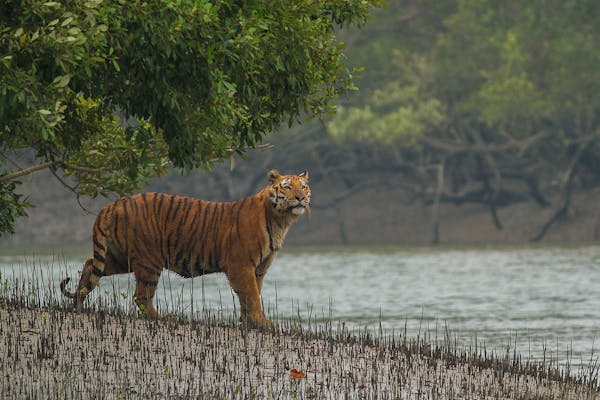
Bengal tigers: unsung heroes of the Sundarbans Mangroves
Explore the power of predators and the vital role that Bengal tigers play in shaping the Sundarbans Mangrove ecosystems.
.jpg?auto=compress%2Cformat&w=1440)

